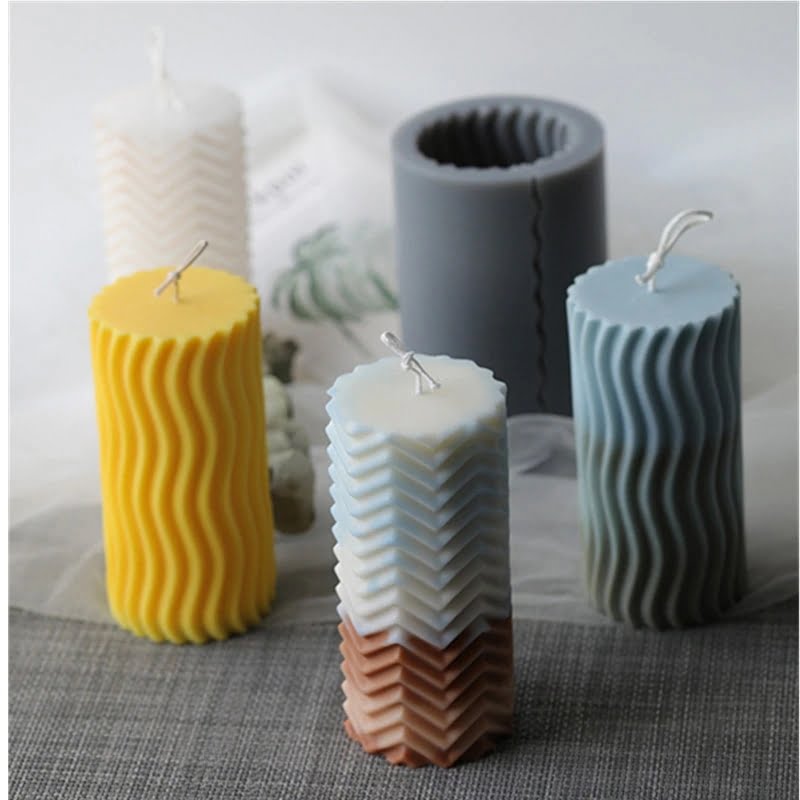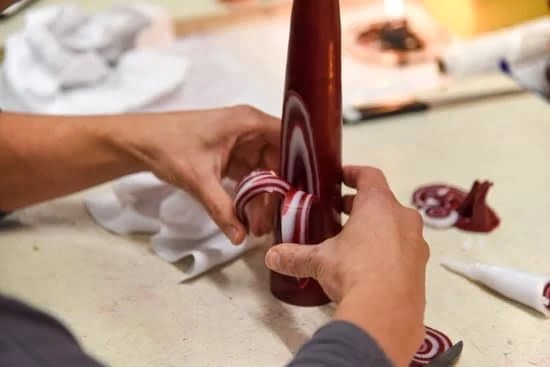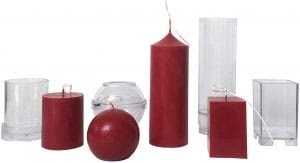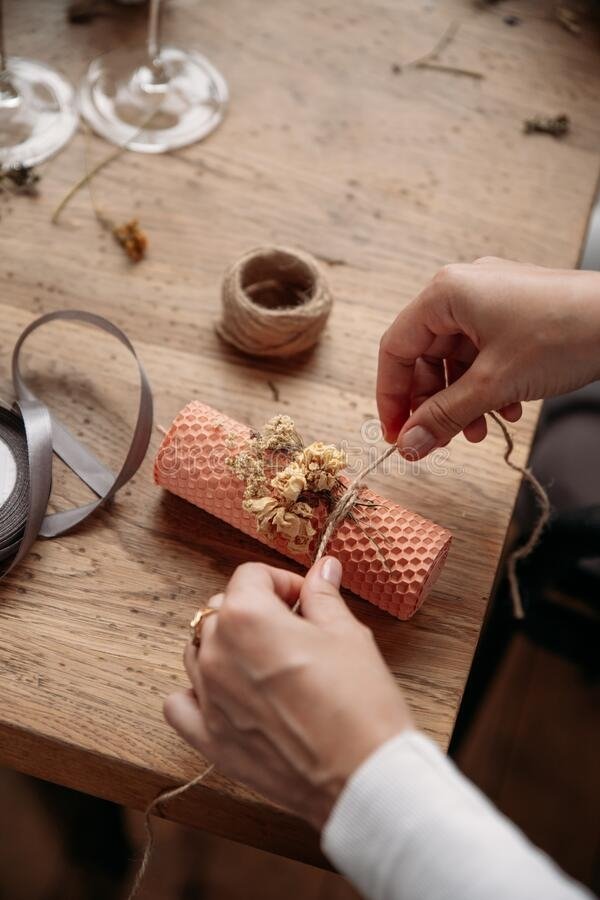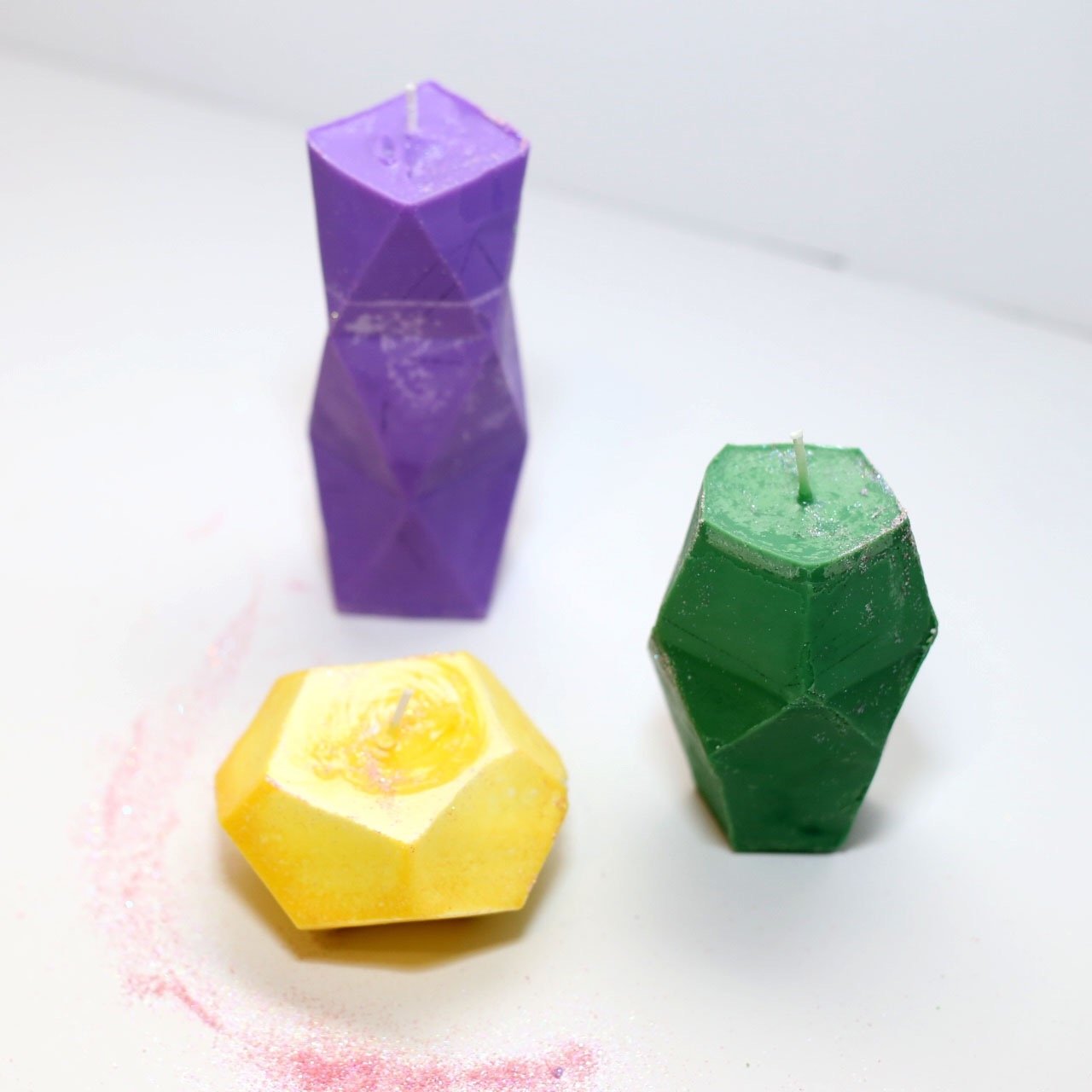Introduction What Is Candle Making?
Candle making is the art and craft of creating candles, a combination of melted wax and various other materials like oils, aromatics, and dyes. Using these components together, people can create beautiful candles for personal pleasure or for sale commercially. The most important component in candle making being the ratio of essential oil to wax used when creating a candle. Essential oils are not only responsible for producing pleasing fragrances, but they also play a critical role in overall candle stability and combustion. To correctly achieve the perfect scent strength and burn performance from your candles, you must establish a proper essential oil ratio when melting wax.
The Basics of Working with Essential Oils
When working with essential oils in candle making, it is important to be aware of the recommended essential oil ratio. This will depend on the size and type of work being done and the overall desired outcome or effect. Generally, candles should contain no more than 1% essential oil for each 1 lbs (or 454g) of wax used. This means that if you are using 8 ounces (or 226 g) of wax, you should only use 0.8 ounces (or 22 g) of essential oil.
It is also important to ensure your wax has full control over the scent of your candle, as too large an amount of essential oil can overpower your candle’s aroma or cause it to “break down” during burning. To prevent this from happening, opt for a ratio that contains no more than 10-20% fragrance oil in relation to wax weight; however, dilution at 5-6% is more common when creating scented candles because you may want a lighter scent since they are often placed in smaller spaces like bedrooms and bathrooms whereas stronger scents are commonly used in larger areas such as living rooms and dining rooms. Additionally, some people prefer to use diffusers instead of candles which require almost no wax at all!
In addition to keeping track of the ideal ratio for using essential oils in candle making, it is also important to consider safety issues when crafting the perfect product for yourself or others. You’ll need to exercise caution when handling hot wax and flames due to their high temperatures and potential risks associated with them. Additionally, certain fragrances may have various allergic reactions in people depending on their sensitivity level and preference. Therefore carefully researching any ingredients used before purchasing them is highly recommended! Lastly, make sure all labels include proper warnings about possible contact with heated surfaces or open flame as well as any other pertinent safety concerns regarding fragrances or ingredients used in your candles.
Why Essential Oils Are Important for Candle Making
Essential oils are important for candle making as they provide aromatic elements that can come in a variety of scents. They also contribute to the scent strength of the candles and add an air of luxury to them. The essential oil ratio is often a key factor when making a candle, as it determines the amount and type of scent that will be released by a candle. Adding too much oil can cause too strong of an odor, while adding too little may lead to your candles having no scent at all. It is important to mix essential oils with care and precision when using them in candles, adjusting the formula to make sure you get a balance between scent strength and subtlety.
Types of Essential Oils and Their Benefits for Candle Making
When it comes to candle making, there are different types of essential oils to consider for their benefits such as fragrance and aroma. Some popular essential oils for candles and their benefits include lavender, peppermint, jasmine, rosemary, lemongrass, sandalwood and citrus.
• Lavender has a calming and soothing scent that helps provide relaxation; it can also aid in reducing stress and anxiety.
• Peppermint has a strong and uplifting scent that is energizing to stimulate the mind while decreasing headaches.
• Jasmine has an exotic floral scent that is known to help increase focus, reduce tension, aid in restful sleep and even improve moods such as depression.
• Rosemary is refreshing with its herbal green aroma that helps boost alertness as well as treat inflammation or respiratory problems due to its anti-inflammatory properties.
• Lemongrass has a subtle yet pungent lemony scent that helps freshen the air while being a natural insect repellent.
• Sandalwood has been used since ancient times for being an antidepressant with its warm woody aroma; it also aids in the promotion of positive energy filled with tranquility and clarity of thought.
• Citrus such as lemon or orange provides a bright burst of freshness ideal for lifting spirits and boosting creativity.
When incorporating essential oils into your candle making recipe, the recommended ratio of essential oil to wax should not exceed more than 6% total weight of the wax itself otherwise you may risk burning issues such as smoking from too much oil saturation which could be dangerous when lit up near flammable materials. And for potentially irritating scents like peppermint or lemon stronger fragrances may cause skin irritation if used at high levels so start small then build up until desired strength is achieved
Determining the Best Essential Oil Ratio for Your Candles
When designing a new handmade candle, choosing the right essential oil ratio is key. Depending on your desired scent and strength, some oils should be used in higher concentrations while others might need a lower dilution rate. For a strongly scented candle, opt for high ratios of essential oils concentrated with a carrier oil such as jojoba or coconut. This will keep the scent from dissipating quickly when burned and create a richer aroma for the duration of the burn time. For instance, if you are creating an herbal blend like lavender and rosemary, you may want to use more of these for more tangible aromas when lit. Likewise, citrus oils may require being blended with other base notes like sandalwood or spices like cinnamon because their smells can easily burn off quickly when lit if too much is used in relation to them. Additionally, using top notes that complement your chosen base notes will help build layers of aroma to be released as they candle burns while also making the experience of burning it much more enjoyable. As you experiment with various scent combinations always opt for quality essential oils over diluted ones – such fragrances will retain scent integrity during the heating process and leave your candles smelling divine when ready!
Steps to Mix Essential Oils for a Candle
1. Choose the essential oils you want to use in your candle. You can have a single oil, or a combination of several different oils. Consider what effect you want the blend to have; for instance, choosing calming lavender and bergamot for a restful sleep-inducing candle.
2. Determine the total amount of essential oil you will add to your wax by deciding on the ratio of oil to wax. A good starter ratio is 10% – 20%. This means that if your batch is 16 ounces of wax, the desired amount of essential oil would be between 1.6 and 3.2 ounces. Adjust as needed according to your personal preference and look at ratios suggested by established candles makers too!
3. Now that you’ve chosen the essential oils you’d like in your candle and determined the proper ratio of essential oil to wax, it’s time to begin mixing! Take a large glass bowl or container and pour in all of the oils into it, stirring gently as you go until all are evenly blended together.
4. When all desired oils are combined, mix melted wax with a stirring rod until it is just melted enough for adding essential oils (do not overheat!). Then slowly add every drop of mixed essential oils slowly but quickly into melts about half a tablespoon at a time combining thoroughly after each pour with stirring rod until all blended into one liquid substance reaching creamy texture with no residual lumps when rolling off from stirring rod stick.. Keep stirrin constantly till boiling stops then slightly cool before pouring into molds or containers ready receive finished candles or tarts (tart pans). Pour hot mixture into prepared containers using heatproof gloves handle hot vessels around both edges securely holding steady while pouring liquid away beyond spouts
Essential Oil Ratios for Candle Making
When determining the ratio of essential oils for candle making, it’s important to make sure you use enough oils to give your candle a pleasant scent, but not so much that it becomes overbearing. Generally, a ratio of 0.5 ounces or 15 drops of fragrance oil per 2 pounds of wax is good when creating candles. This rule applies whether you’re using paraffin wax, soy wax, beeswax, or any type of wax blend. Similarly, when working with essential oils, a 3% ratio will provide just the right amount of aroma and scent throw. For each pound of wax used in your recipe, blend in 1 teaspoon (one dropper full) of essential oil and stir evenly throughout before pouring into containers. Blending too much more could affect the burning quality of your candle and create poor smell throw; blending too much less may fail to fill the room with desired scent. As always, it’s a good idea to test various mixes beforehand to determine what works best for you and your individual project!
Safety Tips for Combining Essential Oils
When mixing essential oils for candle making, it is important to keep safety in mind. Before combining the individual oils, make sure to research their safety rating and any possible side effects. Essential oils can have a cumulative effect when blended together, so it is important to pay close attention to how much of each oil is being used and make sure they are not combined beyond recommended concentrations. When creating your essential oil blend, it is suggested that you use a ratio of no more than 10% scent per pound of wax. Additionally, keep in mind the suggested usage rate of each individual oil as listed on safety data sheets, which are typically provided by the manufacturer or supplier. It is also advised that you conduct a test burn before using any combination of essential oils in a batch. This will help you evaluate if the scent strength and fragrance notes mix together properly for a successful candle.
Tips for Selecting the Best Essential Oils for Your Candles
When it comes to selecting the best essential oils for your candles, there are a few important things to keep in mind. First, you want to pay attention to the scent strength of each oil. Some essential oils have a strong aromatic intensity while others may be more subtle and delicate. Depending on the type of candle you are making, certain scents will work better than others. Also, make sure that you are working with pure essential oils instead of synthetic fragrance oils as they will provide a better scent throw when burned in candles.
In addition to selecting the right type of scents for your candles, an important factor for achieving an optimal burn and therapeutic effect is the ratio of essential oils used. The goal should be to achieve an aromatic balance between base, middle and top notes which will create a well-rounded scent rather than one-dimensional aromas. Generally speaking, an appropriate ratio should consist of 50% base note oils (like cedarwood or patchouli), 30% mid note oils (such as rosemary or ylang-ylang) and 20% top note oils (eucalyptus or peppermint). When mixing together different scents it may take some trial and error before perfecting the right blend; however, this can help ensure that you create candles that smell delightful and offer soothing benefits whenever they’re lit up!
Summary
When making candles using essential oils, it’s important to use the correct ratio of oils for the best possible scent. Each type of oil used in the recipe should be individually considered to strike that perfect balance. A good ratio is generally one part carrier oil to four parts essential oils. This means that if you are blending five different essential oils into a candle, four of them should be 30 drops each and the fifth can be 33 drops. Be sure to mix well before pouring your wax and making your candle! Before lighting, always test your candle with a wick trimmer to ensure optimal burning. If you are satisfied with the intensity of your scent and flame quality then you have created a perfectly balanced blend!

Welcome to my candle making blog! In this blog, I will be sharing my tips and tricks for making candles. I will also be sharing some of my favorite recipes.

